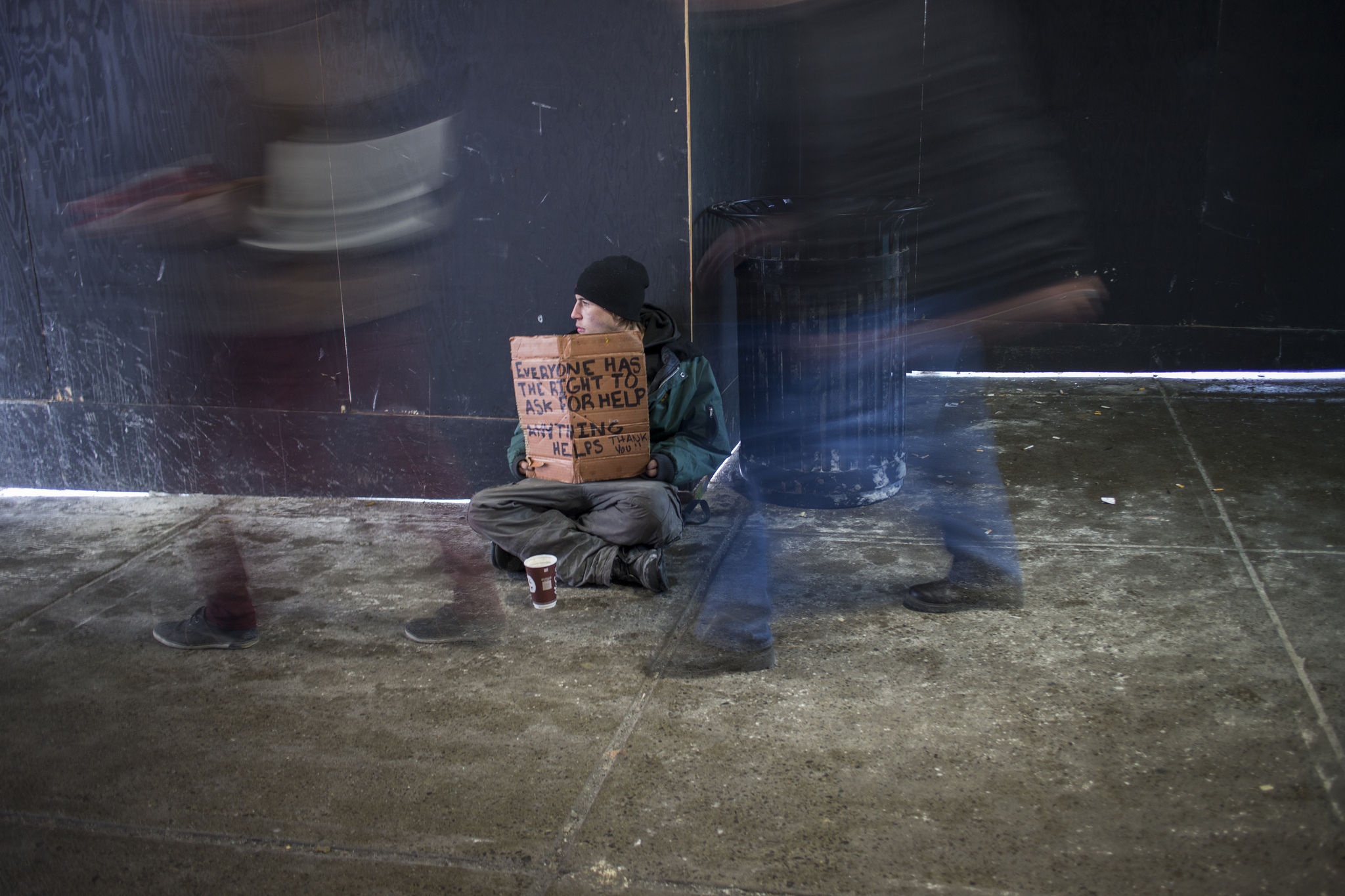Why Homelessness is Getting Worse in Your City

By:
A new report released Thursday finds that homelessness is on the rise in 17 different states.
The U.S. Department of Housing and Urban Development (HUD) report also says that two of America's most populous states, New York and California, showed an increase in homelessness by nearly 10 percent and 1.6 percent, respectively. In 2014, New York and California had the second and third largest homeless populations in the country. Hawaii was number one.
 Flickr/davejdoe - flickr.comFlickr/davejdoe - flickr.com
Flickr/davejdoe - flickr.comFlickr/davejdoe - flickr.com
The report also finds, however, that across the country, homelessness has actually decreased by two percent. HUD tallied the number of homeless people currently in the U.S. at 565,000, with children accounting for 25 percent of that number.
Thirty-three states have reported declines in their homeless populations: Florida, New Jersey, Michigan, Texas, and Georgia as well as the District of Columbia. HUD did caveat this finding by saying that the total number of homeless people could be higher as the original study did not take into account people living outside shelters, specifically those sleeping on couches and in basements.
Related: George Clooney Stops By Scottish Charity For Homeless
The report also found that the current spike in homelessness in the 17 states can be traced to several key factors:
- Lack of affordable housing.
- Unsatisfactory wages for lower-income families.
- Budget constraints for social welfare programs.
- In addition, lack of emergency shelters and state economies still recovering from the Great Recession of 2007-2009.
 Flickr/Elvert Barnes - flickr.comFlickr/Elvert Barnes - flickr.com
Flickr/Elvert Barnes - flickr.comFlickr/Elvert Barnes - flickr.com
Homelessness is hitting some cities much harder than others.
Already, several cities have recently declared a state of emergency over the local rise of homelessness: Honolulu, Portland, Seattle, and Los Angeles. In Los Angeles, homelessness has increased by 12 percent from 2013, according to CNN. There are currently more than 44,000 homeless people in Los Angeles County, with cities like Hollywood, Venice, and Santa Monica serving home to the highest number of homeless people outside of downtown L.A.'s Skid Row.
Related: Reducing Homelessness is Easier Than You Think
In September, Los Angeles Mayor Eric Garcetti announced plans to annually set aside $100 million to help combat the homelessness crisis in Los Angeles. Garcetti also rolled out a short-term plan that would call for $13 million to immediately go toward funding more homeless housing and services.
But some critics are skeptical that these efforts will work or even be implemented.
“Encampments used to be contained to Skid Row, where city officials would try to control or ignore them,” Gary Blasi, a law professor at UCLA, told the New York Times in September. “Plans have been made, and never made it off the paper they’re written on. It’s not clear what will be delivered. And do the math here — it doesn’t amount to much at all.”
Related: Cities Will Arrest You For Helping the Homeless
Earlier this month, Seattle's city government also took drastic steps to fight the escalating crisis of homelessness in Oregon.
Seattle Mayor Ed Murray, along with city council members, outlined a $5.3 million package to support more homeless services.
"We are stepping up today to fight the growing crisis of homelessness throughout the region," Councilmember Mike O'Brien said in a report by the Office of the Mayor of Seattle. "We are doing everything we can locally, but we need the support of state and federal governments to fully address the emergency we are experiencing."
The City of Seattle notes that the decrease in federal housing support and lack of funding for mental health and substance abuse treatments have put more financial pressure on the city to step up its funding for homeless services. Ten years ago, less than 40 percent of funding for homelessness services came from the city. Today, the city is responsible for more than 60 percent, according to a report by the Office of the Mayor of Seattle.
WHAT IS THE FEDERAL GOVERNMENT DOING TO FIGHT HOMELESSNESS?
In June 2010, the White House announced a new proposal to help combat homelessness.
The proposal, called "Opening Doors," is an effort to end homelessness among children and families by 2020. According to the Huffington Post, the bulk of the proposal relies on integrating support services and applying state and local models at the federal level. To accomplish this, the federal government agreed to set aside $2 billion in stimulus money to 19 federal agencies in the Interagency Council of Homelessness.
In 2015, the proposal was amended. One of the notable changes was pushing back Opening Doors' goal to end chronic homelessness — defined as being homeless for at least a year and have a disability — from 2015 to 2017.
(h/t Reuters)
